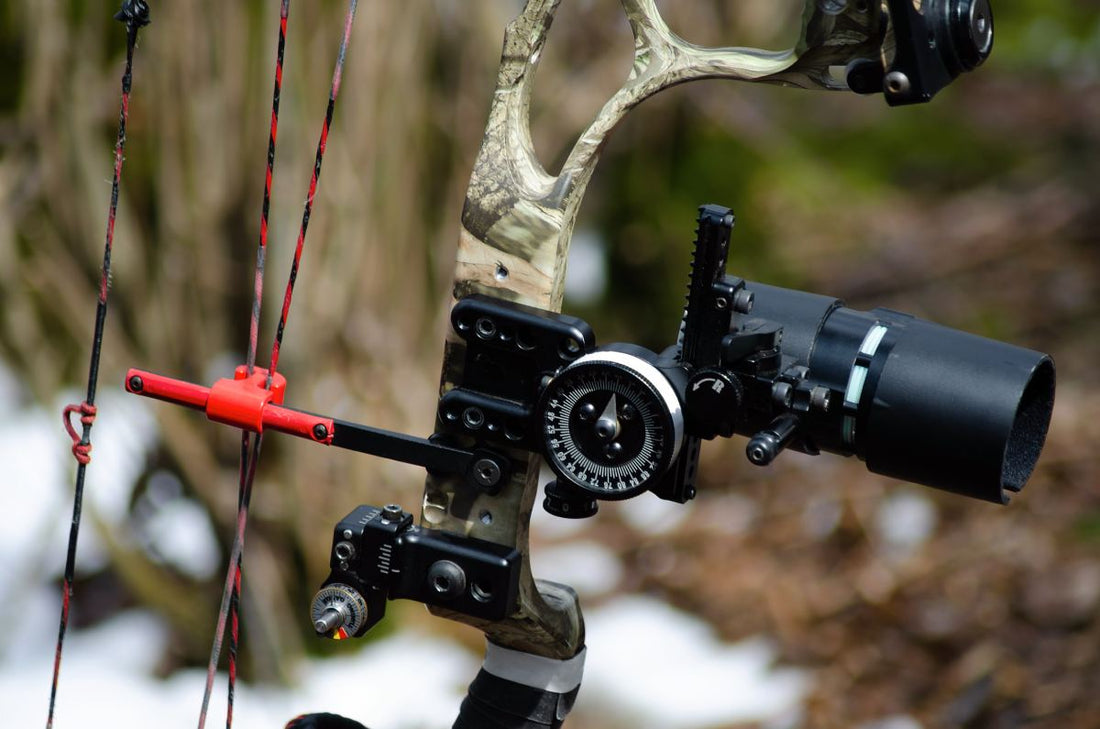
String Waxing 101: Preserving the Integrity of Your Bowstring
For every archery enthusiast, the bow string is a vital component in their toolkit. While the act of shooting brings thrill and precision, maintaining your equipment ensures this pleasure lasts a long time. One of the cornerstone practices in this maintenance routine is waxing bow strings.
So, how does one select the best bow string wax, and how often to wax bow strings? Let’s dive in.
Why Waxing Your Bow String is Essential
Waxing your bow string isn't just a good idea; it’s a necessity. Here’s why:
- Extending Lifespan: Regular wear and tear can shorten the life of your bow string. Waxing provides a protective shield, preventing premature fraying and breakage.
- Optimal Performance: A well-maintained string ensures that your bow performs consistently at its peak, delivering accuracy in every shot.
- Water Resistance: Absorbing water can be detrimental to string materials. Waxing acts as a barrier, preventing moisture absorption and potential damage.
Choosing the Right Wax: Types and Alternatives
The market offers an array of options when it comes to bow string wax. How do you know which one to pick?
- Bees Wax: A traditional favorite, beeswax is an excellent natural option. It provides solid protection and is environmentally friendly.
- Silicone Based Wax: This synthetic wax offers a smoother texture, making it easier to apply. It's particularly popular for compound bow string wax.
- Candle Wax: While not the most efficient, in a pinch, it can serve as a bow string wax substitute.
Alternatives to the traditional waxes include petroleum jelly, though it's essential to ensure it doesn’t have any solvents that could damage the string.

Step-by-Step: How to Wax a Bow String
- Clean It Up: Before you apply the wax, ensure your bow string is free from dirt and previous wax residue.
- Wax On: Gently rub your chosen wax or bow string wax substitute across the length of the string and cables.
- Rubbing the Wax: Using your fingers, massage the wax into the string, ensuring it penetrates individual strands. This action not only helps in absorbing the wax but also generates heat, making the wax spread evenly.
- Wipe Off Excess: Post application, use a cloth or your fingers to remove any excess wax. This ensures your string doesn't attract dirt.
Expert Tips for Effective Waxing
- Frequency is Key: If your bowstring feels dry, it's time to wax. However, a general guideline would be to wax your bowstring every 7-10 uses.
- Do Not Wax the Serving: The serving is the part of the string where you nock your arrow. Waxing this can make it slippery.
- Check for Wear: Regularly inspect your string for signs of wear and tear. If you notice the wax isn’t helping with fraying or you see broken strands, it might be time for a string replacement.
- Individual Strands Matter: When you’re waxing bow string, ensure the wax gets between individual strands for maximum protection.
Conclusion: A Well-Waxed Bowstring is a Bow’s Best Friend
Mastering the art of how to wax a bow string ensures your equipment remains in pristine condition. Whether you're using a traditional beeswax or a compound bow string wax, the fundamental principle remains the same: care for your equipment, and it will serve you well for a long time. By adopting a routine waxing schedule and paying attention to the subtle signs your string gives you, you can ensure a successful and safe shooting experience.
And remember, while waxing plays a pivotal role in maintenance, it's always a combination of good practices that ensures longevity and performance in the world of archery.